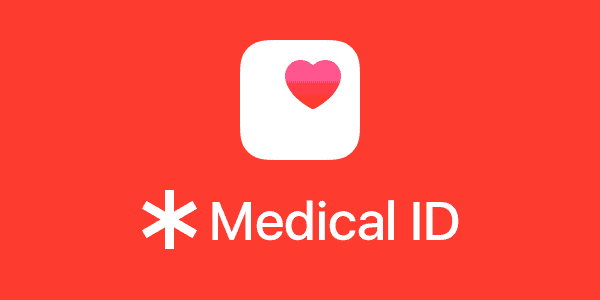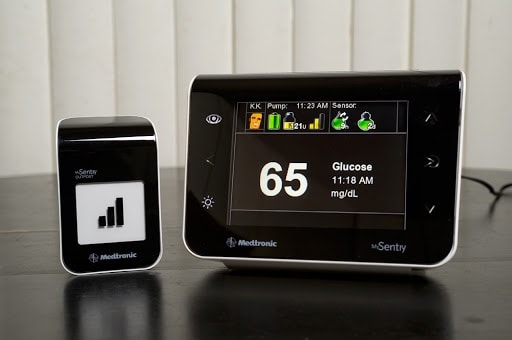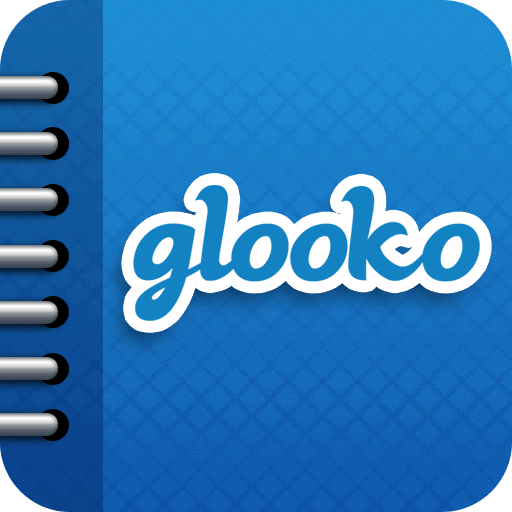Diabetes comes in different forms and affects patients of several ages. Luckily for affected persons, emerging tech products are making it simpler for patients to control the sickness expertly in ways that will be helpful for their general health. For the best tech products out there, see our list of 7 Best Gadgets For Those Dealing With Diabetes:
1. iBGStar iPhone Glucose Meter:

As you already know, diabetic patients have to check their blood sugar levels from time to time, this device helps with that. It allows those living with diabetes to track and share glucose levels and trends whenever they want.
2. GoMeals:
This mobile application assists patients with diabetes to make healthy lifestyle choices for as long as possible. Free and usable on your iPhones and Android devices, this app is home to tools for eating healthy, staying active, and monitoring your blood glucose levels.
Must Read: 7 Best Android Apps for Diabetics
Its Restaurant Locator allows you to browse restaurant menus and view nutritional information on lots of food choices too.
3. Medical ID iPhone Case:

A lot of people with a serious illness or allergies wear a medical identification bracelet, and it helps paramedics to deliver required treatment asap and efficiently during an emergency. This particular device helps to identify that an individual has Type 1 diabetes. With it, users are guaranteed diabetes first aid just the way they want it.
4. Insulin Pumps with CGM:

Still on the topic of best gadgets for people dealing with diabetes. Diabetic persons who use insulin pumps also need the use of a continuous glucose monitoring (CGM) device to be completely healthy. These little monitors stick to the skin and wirelessly transmit blood glucose data to an insulin pump that is mostly worn on the waist.
Must Read: 7 Best iPhones Apps For Diabetics
The pump gets the blood glucose information and stores that on the device and when glucose levels near limits, an alert will notify the patient immediately.
5. mySentry Remote Glucose Monitor:

This monitor is designed for those who are already wearing a wireless skin sensor for persistent glucose monitoring. It gets wireless signals from the skin sensor and reveals glucose levels on its display.
Must Read: 7 Best Diet Apps
If it is a kid involved, it can also be programmed to deliver audible and visible notifications when nighttime glucose levels get very low. As soon as levels go back to normal, the parents of the affected kid will be able to relax.
6. Telcare Cellular-Enabled Blood Glucose Meter:

Telcare provides a wireless glucose meter that automatically uploads results online via cellular networks. Meaning, patients do not need to battle with Wi-Fi connections, Bluetooth pairing, or USB ports to send their blood glucose readings to their healthcare provider. Telcare offers wireless connectivity for free and it also comes with a useful application.
7. Glooko:

This device makes it simple to monitor your blood glucose levels on a smartphone. Before anything else, get the free Glooko application for your iPhone and buy the Glooko MeterSync Cable that gets attached to FDA-approved glucose meters and allows you to upload glucose readings to the Glooko mobile app.
More Information On Diabetes:
Diabetes mellitus (DM), commonly known as diabetes, is a group of metabolic disorders characterized by a high blood sugar level over a prolonged period of time.
Symptoms often include frequent urination, increased thirst, and increased appetite. If left untreated, diabetes can cause many complications.
Acute complications can include diabetic ketoacidosis, hyperosmolar hyperglycemic state, or death. Serious long-term complications include cardiovascular disease, stroke, chronic kidney disease, foot ulcers, damage to the nerves, damage to the eyes, and cognitive impairment.
Several other signs and symptoms can mark the onset of diabetes although they are not specific to the disease. In addition to the known ones above, they include blurred vision, headache, fatigue, slow healing of cuts, and itchy skin.
Prolonged high blood glucose can cause glucose absorption in the lens of the eye, which leads to changes in its shape, resulting in vision changes. Long-term vision loss can also be caused by diabetic retinopathy.
A number of skin rashes that can occur in diabetes are collectively known as diabetic dermadromes.
Diabetes mellitus is classified into four broad categories: type 1 diabetes, type 2 diabetes, gestational diabetes, and “other specific types”. The “other specific types” are a collection of a few dozen individual causes.
Diabetes is a more variable disease than once thought and people may have combinations of forms. The term “diabetes”, without qualification, refers to diabetes mellitus.
There you have it – a comprehensive list of best gadgets for dealing with diabetes. If you have any personal favorites or other recommendations, feel free to drop them in the comment section below.



